SIPA's Lasting Impact | From Afterschool Programs to Nationwide Influence, Faith Santilla, Desi Danganan, Johneric Concordia and other Alum Share Their Stories
By Jennifer Redondo
Search to Involve Pilipino Americans (SIPA) is a Los Angeles non-profit organization that enriches and empowers generations of Pilipino Americans by providing mental health education, counseling, youth and afterschool programs, small business support, cultural enrichment and affordable housing. Beyond their services, SIPA aims to empower community leaders, especially youth. Over the last 50 years, SIPA has focused on enriching the youth and community members to be better leaders for their community.
We had the opportunity to sit with a few Filipinx/a/o community leaders who as youth participated in SIPA’s programs and have since made huge impacts in Los Angeles, San Francisco, and across California, including:
Faith Santilla — An organizer, poet and spoken word artist
Johneric Concordia, Christine Araquel-Concordia, and Ann Pajimula — founders of popular Los Angeles Filipino BBQ spot The Park’s Finest
Desi Danganan — Founder and Executive Director of Kultivate Labs, a nonprofit dedicated to building a thriving commercial corridor in the SOMA Pilipinas Filipino Cultural Heritage District
Artnelson Concordia — An educator, activist and leading figure in the movement to institutionalize Ethnic Studies in K-12 public schools in California
The impact of SIPA’s work on these individuals is still felt now, illustrating how the nonprofit empowers youth to become leaders. Many of them were able to connect and build businesses through the help of the non-profit organization. They’ve also contributed much of who they are and their success to SIPA. To learn more about their journey and where they are now, read on.
1. Faith Santilla
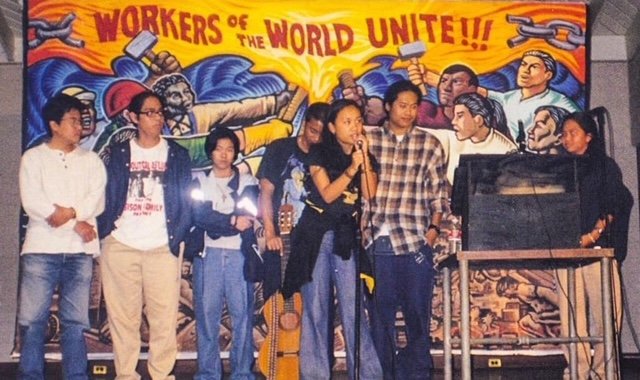

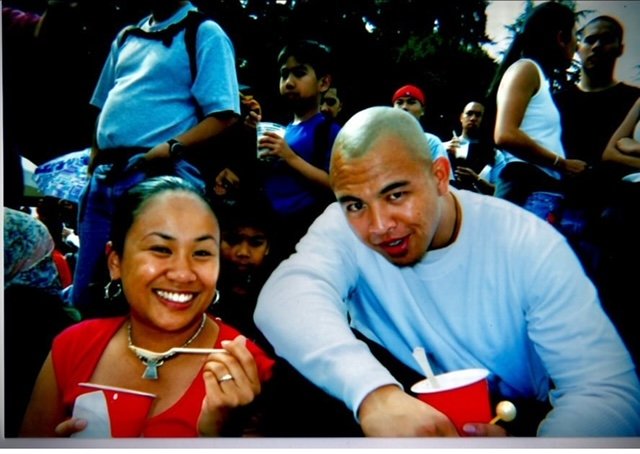

My name is Faith Santilla. I am a poet, activist, and union organizer. I was born and raised on the eastside of Los Angeles. For most of my adult life, I have been a union representative and an organizer. I started college, but I left because I was convinced that I had already known what I wanted to do in life and I didn’t want to go into lifelong debt. . I started working at a non-profit organization called the Pilipino Workers Center (PWC). We were still just a fledgling organization, so I needed to find a nonprofit that could pay me full time. I was making a pretty decent living, working as an organizer and a poet. I was working the college circuit as a poet, but I wanted to get healthcare so that’s why I needed a full time job.
That’s how I started to work for SIPA in 1998. I started as a youth organizer and a youth counselor. That's how I met Johneric, Christine, Mike, and Ann. They were all part of the youth programming at SIPA. We had programming such as tobacco prevention, but also more exciting and interesting things such as what's going on in the Philippines and how U.S. imperialism is the reason how they all ended up living in Historic Filipinotown (HiFi) and why their parents had to leave them for a long period of time in their early childhood to be able to eventually bring them here. We did a lot of arts programming for youth, and at one point, sex education.
In 2001, I ended up leaving because I moved to New Jersey. I planned on working in the nonprofit sector. I applied to nonprofits based in New York, but then 9/11 hit! That completely changed everything. There were no job opportunities so I ended up working retail for $9 an hour at J Crew. I was working almost 40 hours, and I was asking where to sign up for healthcare benefits, and they said that it’s only available for full time employees. At the time, my daughter was just two years old and we needed healthcare! The week that I was eligible for healthcare, I got my paycheck and I was left with $21 after they took out healthcare costs. That was pretty brutal because I thought I could afford groceries that week. In the middle of winter, my daughter got really sick, and when I took her to the closest hospital, they didn’t accept the insurance that I had. I went to two more hospitals, and they did not accept the insurance either. Turns out, the insurance I had was a reimbursement model which meant I had to pay out of pocket first! I didn’t have $7,000 to pay up front, but my daughter had pneumonia and I had no choice. When my daughter got better, I went into J Crew and I quit! That’s when I decided I would become a union organizer! I didn’t want others to go through what I did. Fast forward 25 years later, I am still in the labor movement. Now that I am back in LA, I am currently at the Director's Guild of America. It’s a different kind of union.
Although I don’t work for SIPA anymore, I keep coming back to support the organization because of the ties I have to the organization and because of their foundational principles. When my dad first came to the U.S. in the 1970’s, he was active in SIPA. He did a lot of workshops for Pilipino American World War II veterans trying to sign them on to Medi-Cal so that they had healthcare. Back then, these veterans were still not recognized as veterans of the U.S. I am looking forward to seeing what SIPA will build for the community. They've been able to get their building together and it's beautiful. I'm hoping I can go back to start doing some stuff with them again, now that there's some stability there.
I feel like almost everyone who's wanted to do something with the community has somehow had the opportunity to do so with SIPA. SIPA created a safe space for youth to learn about Philippine culture, and it gave them an alternative to gangbanging. As Johneric [Concordia] would say, , in the 1990’s, the block was hot. You could see youth walk down the street to SIPA after school, and you would also see these gangsters on the street. Those gangsters would say, “No, don't f*** with them. Those are SIPA kids. Just let them be super kids”.
At this point, I feel like we're at the age where we need something to attach to, to identify with something that is inherently ours. So many Pilipinos have been desperately seeking for that. There’s still this burning desire amongst young Pilipinos to discover their Pilipino identity. We gotta keep it going! During my time at SIPA, I had the opportunity to work with a very radical, progressive group of folks. They cared more about being able to teach the youth beyond chicken adobo. One of the things that I really liked about SIPA was that this was real groundwork – organizing folks to rally, door knocking, doing surveys with the community.
It’s exciting to have Pilipinos and leadership in the nonprofit world, and seeing organizations like SIPA evolve. They’re starting to talk about topics like mental health, which is something we’ve never done before. This is why it’s important for us to keep it going. We need a safe space to support our people and our community.
2. Johneric Concordia
My name is Johneric Concordia. I am a resident of Historic Filipinotown in downtown Los Angeles – Echo Park, and I am the owner, operator and co-founder of The Park's Finest where we do American cuts of BBQ with a Pilipino flavor. I am also the resident host of the longest running multidisciplinary Asian Pacific Islander performance venue called Tuesday Night Project, which I’ve been lucky to be involved in for the last 25 years.
I got into SIPA’s youth program through its at-risk youth prevention department, and through my older brother, Artnelson. My brother picked us up on Burlington Avenue and fit as many pre-teen kids as he could in his Dodge Cavalier (8). He dropped us off at SIPA, where we heard the sounds of ethnic drums beating. That summer, we learned Muslim dances, which was eye-opening because I had no idea there were Muslims in the Philippines. That opened up a lifelong pursuit of learning about, connecting with, and advocating for the people of the Philippine archipelago and her diaspora.
This was post 1990’s riots, when they identified youth in the community that were adversely affected with substance abuse and violence. There was lots of money being poured into the inner city of Los Angeles to help young adults avoid participating in gang violence by giving them some programming. We were identified as youth that would potentially be peewees in the neighborhood gangs. Aside from learning culture dance, we were given opportunities to participate in community cleanups, art murals, and sports programs. There were also leadership development training programs that allowed us to tap into other local non-profits. This allowed us to develop long-standing relationships with agencies such as SIPA.
I went from an at-risk youth to a volunteer, then eventually joined the staff when I was 19 years old. I worked as the after-school activities coordinator counselor, basketball coach, and eventually I was a client in their small business counseling and entrepreneur business program. I’m currently in my last year as a board member of SIPA. It’s a full circle experience. It’s the long play investment – when you invest in people, you start them at an early interaction and collectively profit in the dividends.
I understand the organization maximizing my experience as a SIPA success story, as a poster child for SIPA’s deep impacts in our community. If my story can be utilized to help people get a grasp of how impactful programming is, I’ll gladly continue. It takes an entire village to raise a child. So I'm a representative of that. I grew up in the neighborhood and I built a business in the community so that we had a convenient place to celebrate, plan, organize, and recharge.
These were aspirations envisioned and written on a butcher paper brainstorming session in 1992 with activists, drug dealers, gangsters, World War ll Pilipino American Veterans and families together at SIPA - a space where we can all sit together in peace and enjoy.
The Park’s Finest started because my brothers’ friends would come over to our house and eat. They haven't experienced the type of food we served, it was just normal for our family. They would even come over when we weren’t home and we’d see our friends eating with our dad. We were always preparing and serving food at different community events and took pride in the peoples’ enjoyment. The restaurant is named after the community we grew up in. World’s Finest was a comic book shop on Park Avenue and Glendale Boulevard. As kids, we used to walk to this comic book shop that was about a mile and a half away from us. We had to go through five different gangs in the neighborhood and you had to be street smart where you're either name dropping or reminding people that you're part of the community programming with the local non-profits. In the 90’s, everyone growing up had different crews - dancing crews, tagging crews, we were the BBQ crew, The Park’s Finest.
Through SIPA’s small business counseling and entrepreneur business program, I learned how to create a business plan that included marketing strategies, identifying assets and opportunities and how to analyze strengths and weaknesses. In 2009, we started The Park's Finest as a food catering service, broke ground in 2011, and opened to the public in 2012 down the street from SIPA. Even through the height of the pandemic it was really with the assistance of non-profits and the Umami Fund that helped us feed the front liners. The pandemic was very difficult for people, and it really challenged small businesses. Thankfully we survived, and although it is still a difficult climate for us and our colleagues, I understand my role in the shop is to continue to champion a beloved local business and cheerlead, to get people in through our doors at the restaurant.
At The Park’s Finest, we take pride in what we do and what we make. We also take seriously the responsibility that we have towards Historic Filipinotown. As elders now, we have to be as authentic to our experience that helps give people light in perspective of their own experience and encourages them to action.
3. Christine Araquel-Concordia
I'm Christine Araquel-Concordia. I live and work in Historic Filipinotown. I’m a co-founder and Director of Operations of The Park’s Finest. I grew up in Long Beach, California. I was part of Kababayan Alliance, a student-run youth coalition of 11 high school Pilipino clubs coordinating different programming. In my youth, I was digging and learning to embrace my culture, at the same time trying to build up my own knowledge and engage with the community. In high school, it was rare to see Pilipinos in the media, but I did see Pilipino elders protesting on the news. It was eye opening to see how Pilipinos encountered racism with the American World War II veterans. That’s when I wanted to know what they were fighting for. Learning about that in the media encouraged me to go to the organizing meetings to learn more about the campaigns they were conducting and seeing how they wanted to engage more students in the process. That’s when I decided to participate in their fight for equity. There's this ferocity that the veterans still had at their age. I am honored to have been able to capture their eloquence and be able to communicate why they were fighting because it was about not only fighting for their own rights, but setting an example for the next generation to continue fighting. I was part of a team that put together a documentary, Broken Promises: The WWII Veterans Struggle for Justice and Equity.
In my youth, I got involved and volunteered with several nonprofits around Los Angeles, like SIPA. SIPA was always a community space that we were able to access and work together. Growing up in Long Beach, I often frequented Filipinotown with my father, who was engaged in HiFi’s community events. I was always part of the neighborhood, and eventually I worked as a youth advocate at the People’s Community Organization for Reform and Empowerment (People’s CORE). After I graduated from UCLA with a degree in Asian American Studies, I was still working in the community and I participated in SIPA’s small business program when we were figuring out our business plan for The Park's Finest in 2009. SIPA’s small business program helped us form our perspective, understand business fundamentals, and grant programs that we should apply for.
Through my involvement with the community, I met Johneric, now my husband. We founded The Park’s Finest along with our friends. The presence of our company is really a product of the organizing that's happened in the community over the years. We're happy to be able to maintain a space and involve a neighborhood that's changed. Without the efforts of a lot of previous community organizers, we wouldn’t be where we’re at. A lot of it stems from different training that we had as youth to identify what we wanted for the community. Spaces like ours is one of the things that we wanted to maintain for the local youth, elders and general community around southern California. We wanted to create a space that’s inviting and also pays tribute to the history of the neighborhood.
A lot of what we’ve learned in the community has been really instrumental in helping us. We want to create a healthy environment where people want to come back to enjoy our space. We have made it a point to develop our consciousness as community people and also being a representative of our culture. It’s distinctly part of our upbringing and thankfully we had a culture of activism and organizing that helped us to develop this framework of thinking about how we want things to continue for the community and to even care about what's happening in the world. I am really grateful to our elders for giving us these values. I think that's been the best part of doing work in this community – continuing that legacy that they left us. I recognize how small we are in what we are doing, but even if we are just one speck of change, we’re still bringing forth change and doing meaningful work together.
That’s why SIPA is important because of the opportunities they provide, making sure connections aren’t lost. We are part of the community, and as much as possible I would encourage you to support and patronize local businesses. That’s what helps in the sustainability of a neighborhood.
4. Ann Pajimula
I am Ann. I am one of the co-founders and manager of The Park’s Finest. I went to middle school with Johneric and Mike. In high school, I got involved with SIPA. I attended SIPA’s summer and after school programs. They also had sports, homework assistance and tutors available for us. It was a really safe space for me to go. Fast forward to adulthood, we joined SIPA’s small business program, and they helped us figure out how to kickstart and run what is now the Park’s Finest.
We started out catering potlucks, BBQs and feeding the community. Mike and I ended up getting married. Not only are we life partners, but we are also business partners of the Park’s Finest. I am the creator of the famous cornbread bibingka! Mike is our engineer and he works on repairs and maintenance, while I take the reins in the kitchen. I focus on the staff and what takes place in the kitchen. In addition to taking care of the business, Mike and I also have three other babies. Our third kid, AJ, went through SIPA’s youth program. AJ was able to learn more about the Pilipino culture, like dancing, stick fighting, creating paroles during Christmas, and of course eating good Pilipino food! Food has always been a big part of our culture, who we are, and our family. We continue to carry that forward in our own family and at The Park’s Finest.
I'm Desi Danganan. I am the Executive Director of Kultivate Labs. We are an economic development and arts accelerator nonprofit based in SOMA (South of Market) Pilipinas in San Francisco, California. I grew up in West Covina, one of the suburbs of Los Angeles. I attended Nogales High School, where I started the Halo Halo Society, a Pilipino youth organization. My involvement with that is how I was recruited to join SIPA.
My friend, Marco Jastillana, and I applied for SIPA’s Summer Political Empowerment Leadership Program (SPEL). This was pre-internet, so there wasn’t a lot of information available on Pilipino-American history. It wasn’t readily available – it wasn’t taught in schools, there were no books, and there was no internet! The only books that we had were makeshift books called “readers” that were photocopies of essays or academic papers that were pulled together.
While at SIPA, I learned from upperclass students from UCLA. Dawn Mabalon, at the time a senior at UCLA, was one of our teachers for SPEL. Artnelson Concordia was in my cohort. Throughout the summer, we learned about Pilipino-American history. We attended lectures, had workshops, and we were placed as interns for different political offices around Los Angeles. Marco and I were placed with the Los Angeles Unified School District. I had two projects: creating a newsletter and the other was to visit different high schools in the politician’s district to investigate if there were any issues that were happening that administrators weren’t sharing with the leadership. We had a government vehicle and we had to dress up in suits. We weren’t welcomed at some schools because there was obviously some friction between the principals and the higher administration. Going into the SPEL program, I thought I was going into policy and politics, but after my experience that summer, I learned this lifestyle is not really for me. I didn't think I could do this kind of political organizing so I ended up going into business at Whittier College.
Fast forward, I ended up moving to San Francisco to work in tech. Being new to the city, I was also putting together nightclub events so that I could socialize. The night club events got bigger and bigger over the years. We got to the point where we either needed to do a festival or open up our venue if we wanted to continue growing. We opened up our own venue, Poleng Lounge, then I opened up another hospitality project called The Summit, which was a working space cafe.That didn’t work out, then I had a mid-life crisis and I had to figure out what to do next. So, I hopped on a Greyhound bus and traveled around America. Then, I came back and worked some odd jobs as an executive assistant at a design agency. I was overqualified so they started giving me bigger projects. Eventually, I designed the company website and that propelled me to start my own agency, Plinth.
One of my early clients was Kularts in SOMA Pilipinas. That’s when I learned that there's a movement to create a Pilipino Cultural District in the heart of San Francisco. It really piqued my interest because back in the SPEL days, that was the one thing that left a lasting impression on me – why was there no Pilipino enclave or a Manila town in LA or San Francisco? When you grow up Asian American or Pilipino, you first grow up as an Asian American. But you’re Pilipino! You see that there are all these Asian enclaves and then you start to question: What am I? Why do we not get any recognition? Why are we invisible? Why do we not have our own space? That stuck with me, so fast forward 20 years later, I wanted to see if we could pull off creating a Filipino Cultural District in San Francisco. I became a super volunteer, started organizing community forums with people in design and the business world, to get them involved and come up with strategies. I started to realize that the way the Cultural District was going to get formed was that it was going to depend on long standing organizations in the community to take up different parts of strategy.
In 2017, I decided to start my own nonprofit, Kultivate Labs. I would describe Kultivate Labs as an incubator of dreams for artists and business people. The challenge that we were going to build was the commercial corridor, but we didn't have access to Pilipino owned businesses. There were not very many Pilipinos owned buildings. We won some government grants, and that helped us throw a big festival and huge market at the San Francisco Mint. That was the first time it opened for a community event. Over 8,000 people showed up and that was our big splash to what became UNDSCVRD SF. That was just one layer of a whole ecosystem and programs that we've created to build a cultural Corridor SOMA Pilipinas.
UNDSCVRD SF allowed us to bring a lot of people together and aggregate a lot of emerging businesses. We helped them take the next step in the entrepreneurial journey, whether it was evolving into a food truck or brick and mortar. We've actually seen a lot of that success happen, like Abaca who started out doing pop ups at UNDSCVRD and now they have their own brick and mortar. That’s just one example of a long list of businesses that we’ve been able to help. From there, we created The Seed Network, which is a business accelerator where we enrolled a handful of businesses that showed a lot of promise.
As we started to grow, we realized that arts and culture were a big driving force. We received a large contentious grant from the city of San Francisco to start the process of building the Pilipino American Cultural Center. We did a lot of community outreach to get ideas from our culture bearings and artists and that’s how we came up with Balay Kreative Studios. Balay is a 3,600 pop-up studio, streaming hub and maker space for artists and entrepreneurs. We need to make sure our culture bearers are able to thrive in our economy. It’s a boot camp for folks to refine their craft so that they can become successful artists and entrepreneurs. Some of our success stories include Quida, who we paired up with Ruby Ibarra as her mentor. Now the two are working together under Ibarra’s Bolo music label.
That’s only two programs, out of the five programs that we offer. We also have Kapwa Gardens, which is an outdoor event space that we designed to be a healing space for the community. It’s also a place for us to do events that aren’t as large-scale as UNDSCVRD, which requires a lot of resources. The city government has been supporting us but unfortunately, San Francisco is not doing well. There's been massive budget cuts across the board. That’s why we are reaching out to our community to raise $80,000 to bridge the financing gap that we have to continue our momentum. We recently launched a campaign to revive the languishing Emporium Centre mall, which we plan to transform the Westfield Mall into a vibrant Pilipino cultural hub. The city hasn’t been doing so well, and the depressed prices are reflective of that. So this is the time for us to support businesses to come in, while it’s relatively cheap and affordable to do so. If you’d like to be a part of this movement, you can donate to the Empower Culture and Commerce Fundraising Initiative.
6. Artnelson Concordia


I am Artnelson Concordia: He/Him/Siya. I am the second son of immigrant parents from the Philippines. I am a Pilipino-American kid that grew up in Los Angeles in the 1980s. I’ve spent 26 years in education, and my involvement in SIPA is central to how I see the world and who I am. In the late 1960’s, my dad, a US Navy guy, met my mom, a nurse, at a party thrown by mutual friends. They went on to get married and initially lived in an apartment off of 11th and Alvarado. After I was born, they moved to Carson where my dad got a job with the LA county sanitation department. In the early 1980’s, my family got evicted from our Carson home and had to move in with my dad’s eldest sister. We moved into the heart of Echo Park, which was a very different place at the time - a hot bead working-class activity, a lot of gang activity at the time.
When I was at Glendale Community College, I met Uncle Roy (Roy Morales) who I interviewed for an assignment in a Philippine History class. He was my introduction to the history of my neighborhood and the Pilipino community. I eventually transferred to UCLA, where I joined Samahang Pilipino. I was excited about everything they were teaching us about Pilipino-American identity, history and culture. Ironically they often talked about the neighborhood that I grew up in. While I lived there, it wasn’t a place I really knew anything about as far as its history and significance to Pilipinos. I was an idealistic student and young organizer wanting to connect with the Pilipino community.
That’s where SIPA comes in. In the early 1990’s our family became involved in the youth program when I visited the office as a student writer for Samahang’s newspaper, Tanawin. I saw that they had youth programs but not really too many youth. So, I went to my mom’s and picked up my younger brother, Johneric, and a bunch of his friends to attend the after school program. They learned cultural dance, poetry, music and video production, and all sorts of things. Eventually, I became really active in the neighborhood as a youth and community organizer. That’s how I got connected with other folks in our community, many of whom are now leaders, like Desi Danganan, who is doing amazing work in San Francisco.
I ended up becoming a classroom teacher for many years, and it wasn't until I got recruited to become an ethnic studies teacher, that I started to trace back to SIPA all the lessons and valuable experiences from my role as a youth organizer and service provider. My sense of being, my understanding of who I am, my place in the world and my ability to reach young people in San Francisco, was the result of how I was developed at SIPA. I worked at Burton High School in San Francisco from 1998-2001 and then went to Balboa High School where I helped develop SFUSD’s ethnic studies program. With the support of Dr. Allyson Tintiangco-Cubales, founder of Pin@y Educational Partnerships (PEP), and a collective of other dedicated educators, we created a model of teaching that has helped grow the movement for ethnic studies in California and beyond.
Ethnic studies gives young people foundational knowledge and love of self. It reminds them of their responsibility to stand in their own beauty, brilliance, and greatness. It equips them knowledge and skills to guide how they make decisions based on the values of love, justice, self-determination and solidarity. At 50 years old, I went back to school at UCLA to get a doctorate in education (EdD) after realizing that while I have a wealth of experience, I will be left out of spaces where policy and decisions are made about Asian American studies and Ethnic Studies because I don’t have these letters behind my name. It is vitally important that our communities are at the table when decisions are being made about our futures. I want to be moving in community and figuring out how to make sure that the ethnic studies graduation requirement gets implemented throughout the state of California in a way that’s true to the origins and purpose of the field - to get and keep liberation for our communities; to end racism and all forms of oppression; to fight for humanity, sustainability, peace and solidarity.
I have been part of so much of the work to bring ethnic studies to all young people throughout California. It’s wild to think that my journey as a kid from Echo Park and my involvement in SIPA have brought me here. It’s a big part of who I am and who I’ve become. I am ethnic studies. SIPA is ethnic studies. We are all ethnic studies!
These are just six people who we were able to interview. However, SIPA helps thousands of individuals and families throughout the year.
More About SIPA
Pilipino-American activists Royal Morales, Al Mendoza, Helen Brown, Paul Chikahisa, Joe Abella and Jeanie Abella founded SIPA in 1972 to provide services and resources for the Pilipino-American community in Historic Filipinotown (HiFi), a district located northeast of Los Angeles.
SIPA embodies their indigenous Pilipino values — kawanggawa (compassion and action), damayan (to involve), pagtutulongan (help) — through action.
SIPA’s Mental Health Services aim to heal communities with a holistic approach and to destigmatize mental health for the safety and well-being of youth, children, and families. They offer mental health first aid training, educational presentations, support groups, wellness workshops and practices at the HiFi Well-Being Center.
SIPA’s Health and Wellness Team aims to address and reduce health disparities in Los Angeles County overall amongst Pilipino Americans. SIPA offers access to care and resources, community research and evaluation, and life skills and wellness workshops.
Expanding upon their mission in Historic Filipinotown and LA County, SIPA opened a new wellness center in the spring of this year. SIPA's HiFi Well-Being Center opened as a part of Lucena on Court, a 45-unit family affordable housing development by Meta Housing and Foundation for Affordable Housing. In addition to resident services, the HiFi Well-Being Center offers mental health programs, wellness offerings, a community clinic, food distribution and referrals for other health and basic needs.
If you or anyone you know that can benefit from SIPA’s programs, please share this or take the time to learn more about their different offerings.
You can learn more at https://www.sipacares.org/
Written by Jennifer Redondo
Co-Founder and Co-Author of In Her Purpose


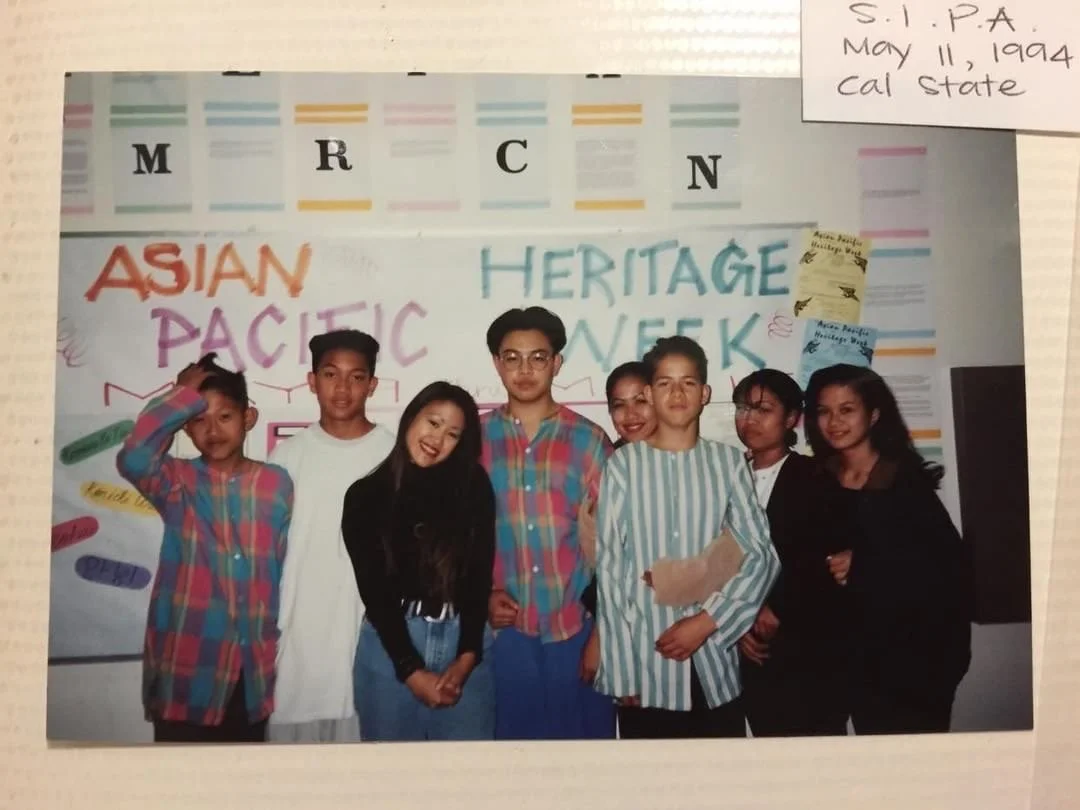
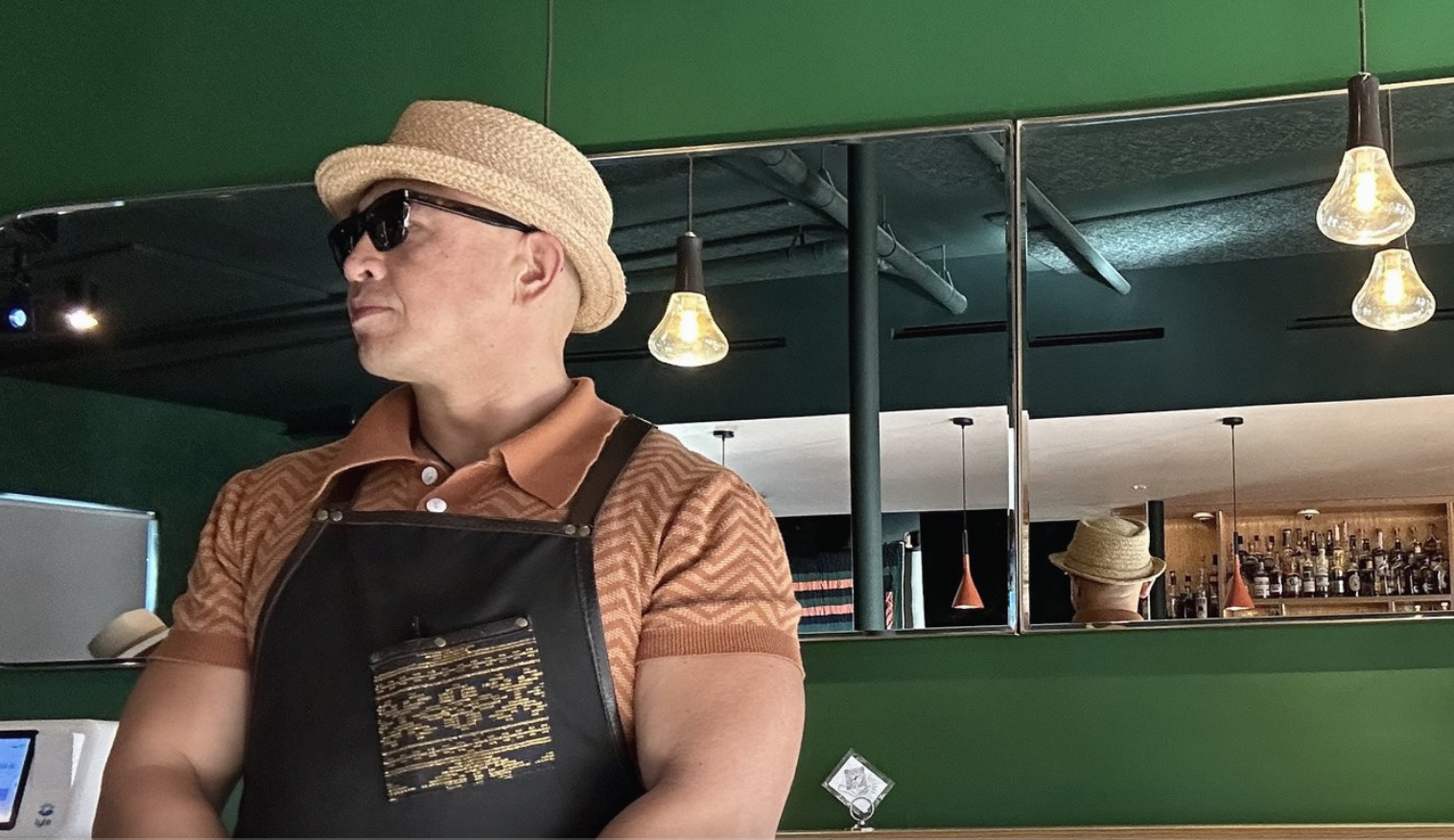
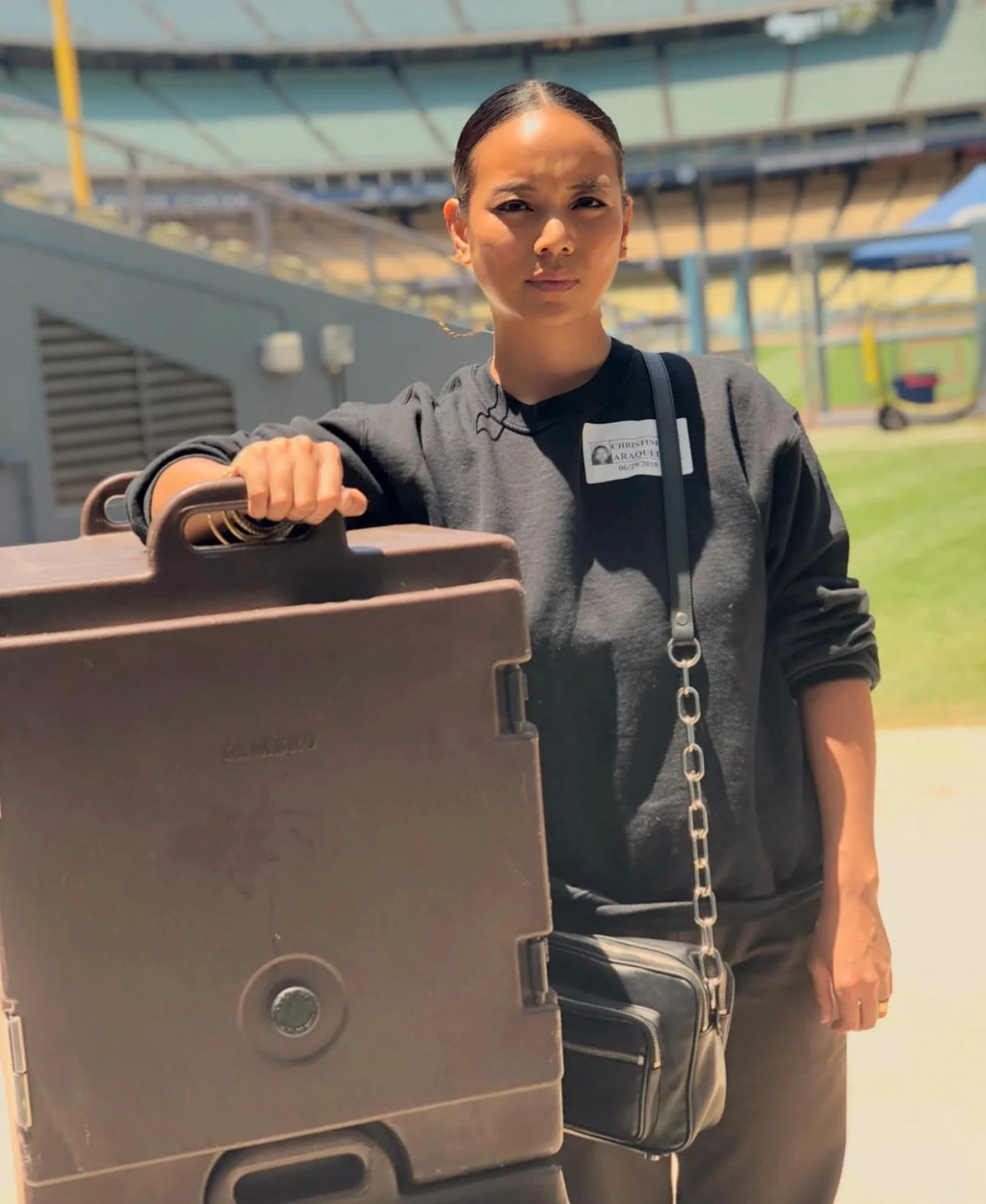




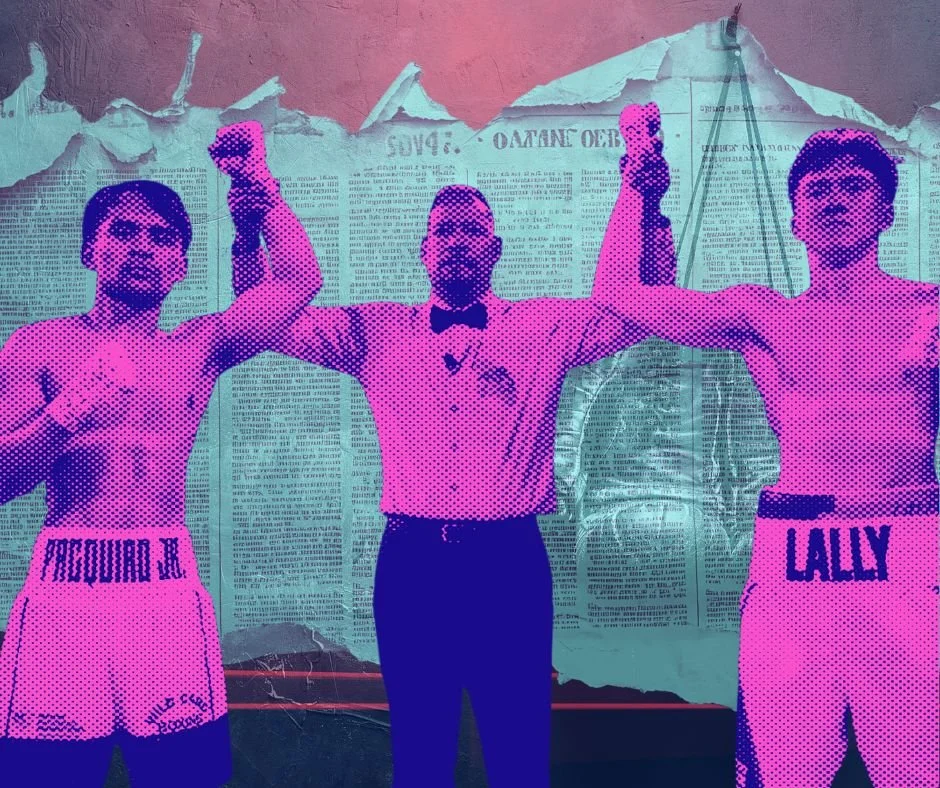


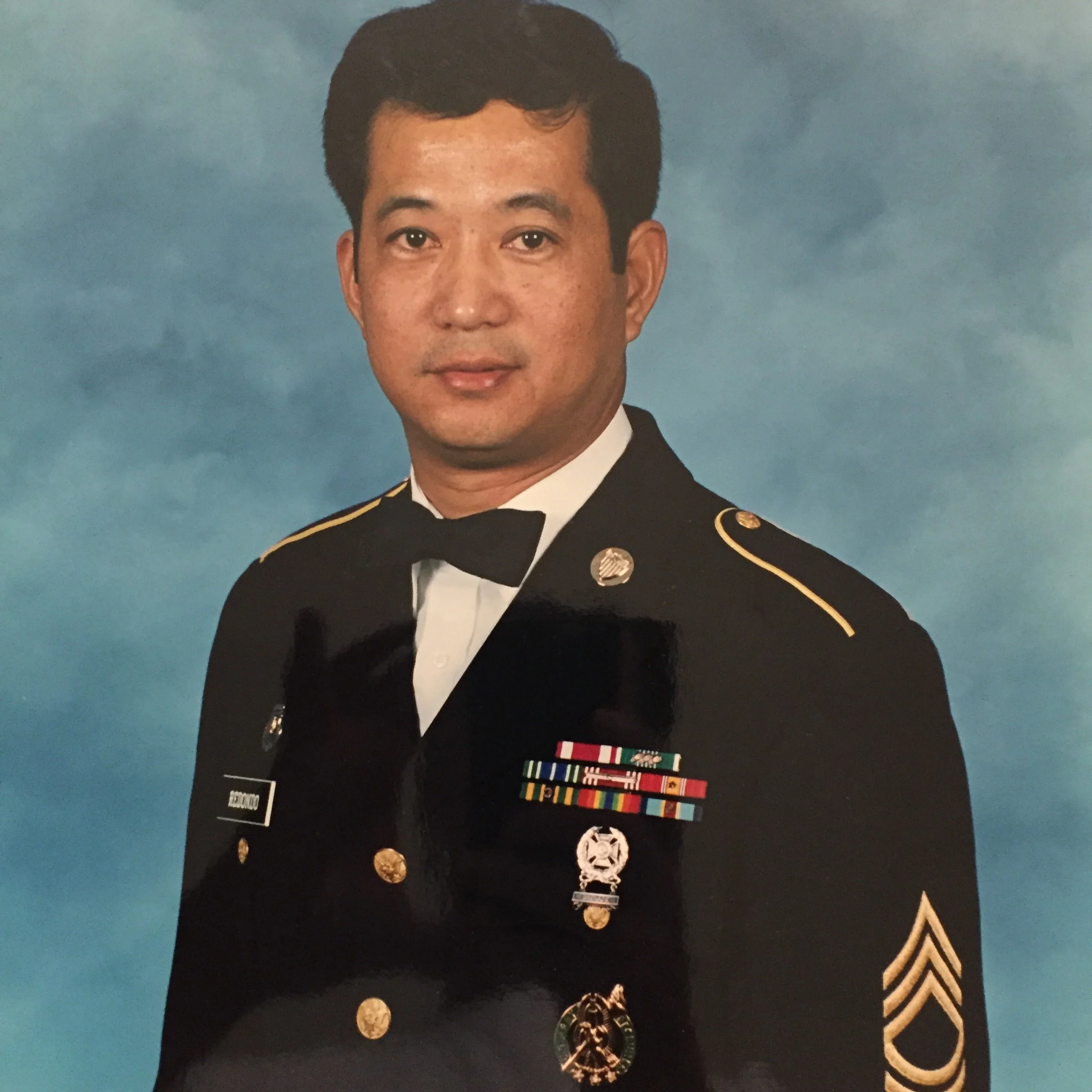









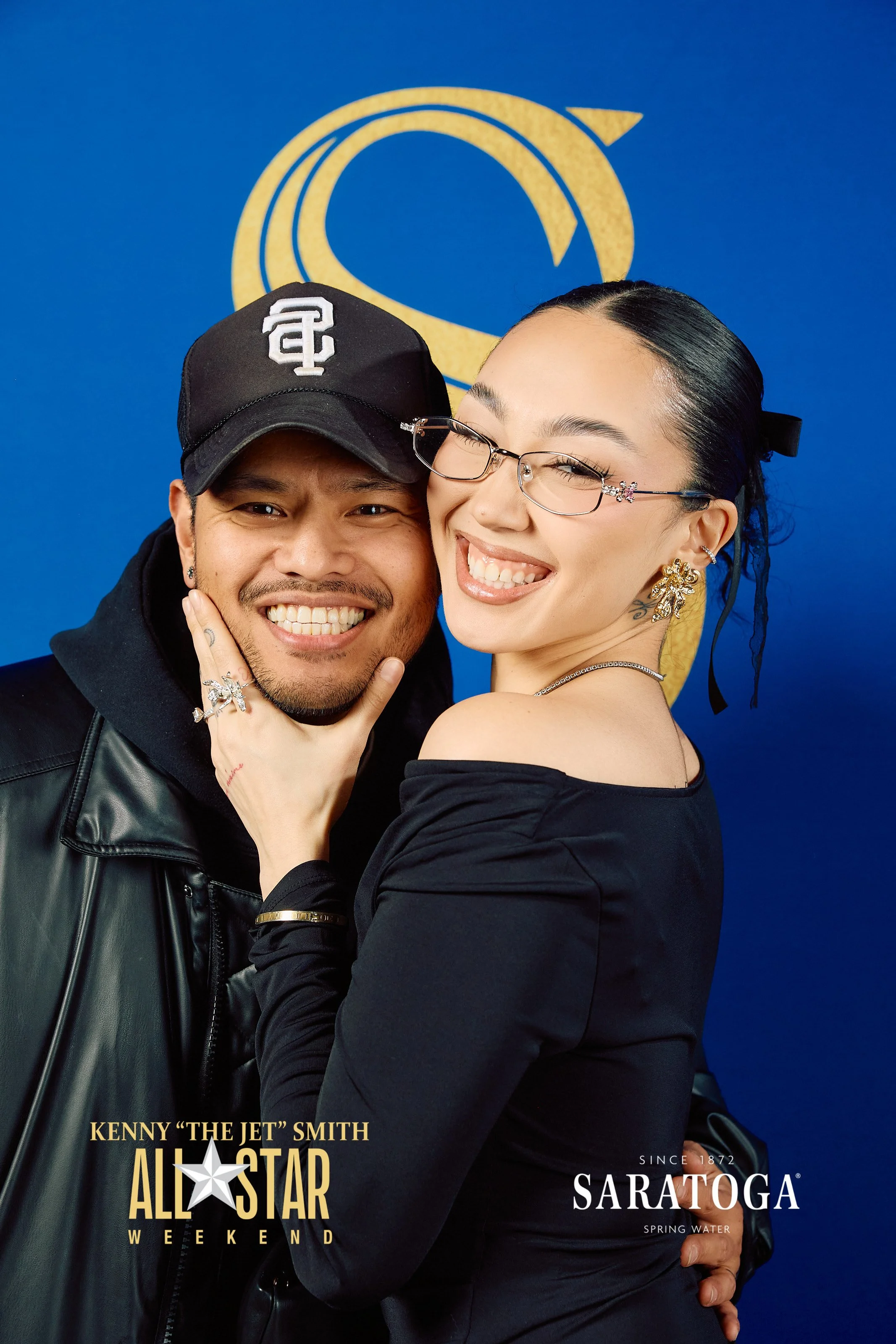



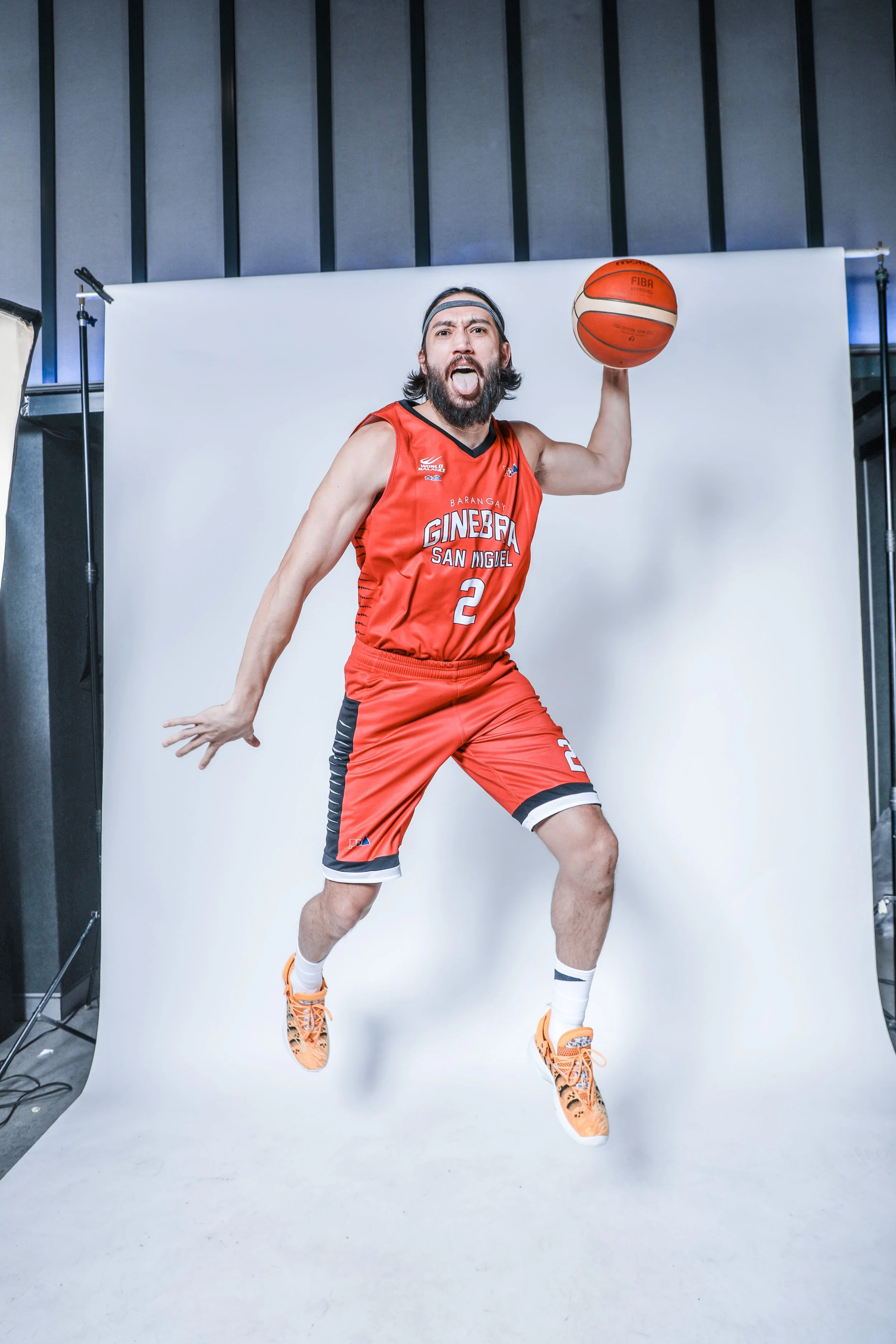




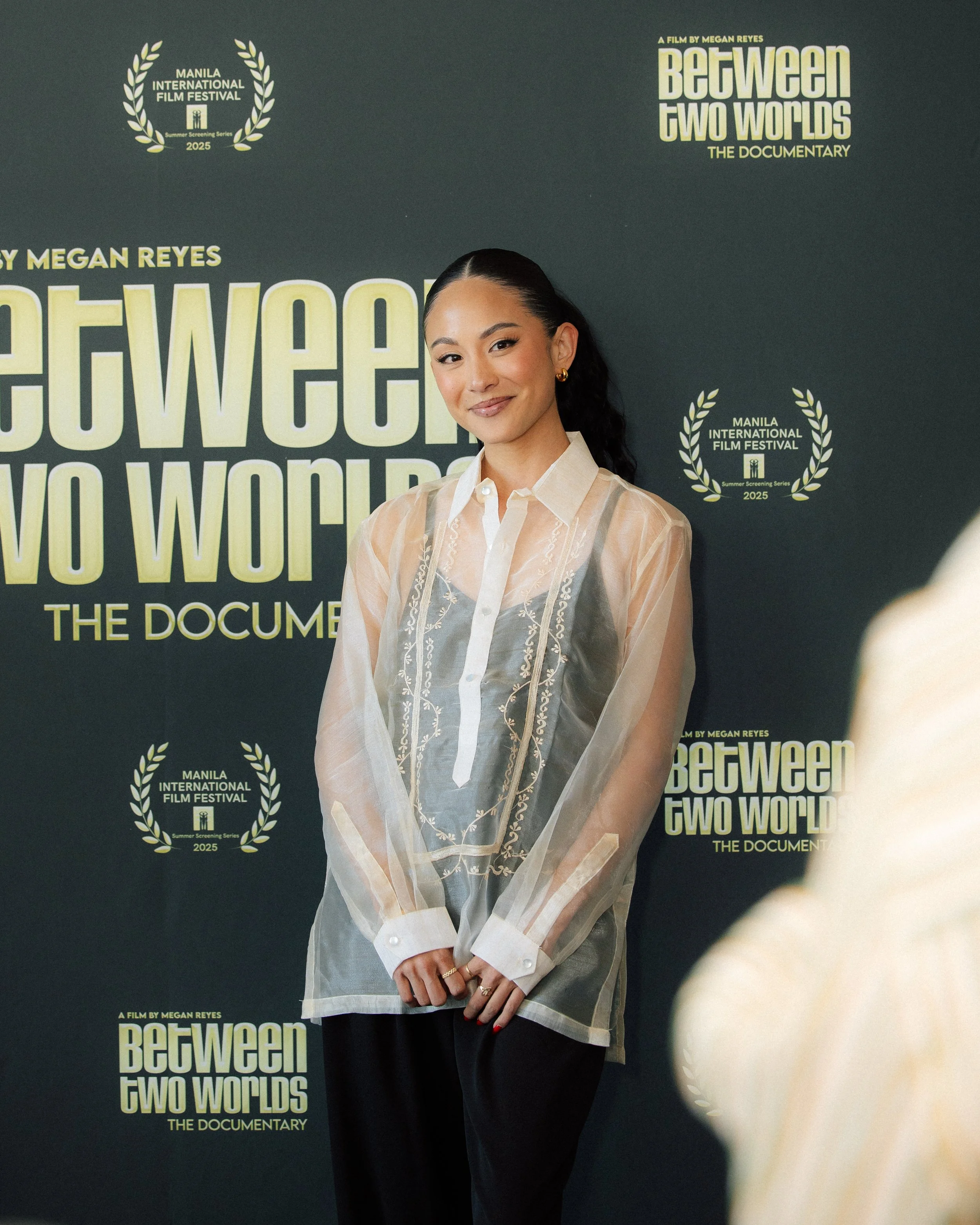
It all started with a table outside of a Seafood City in 2015.
LEAD Filipino volunteers were on hand with clipboards and flyers for a Filipino voter registration drive. It was an early campaign for the grassroots organization, which grew out of a desire to build Filipino civic voice and representation.
Read More